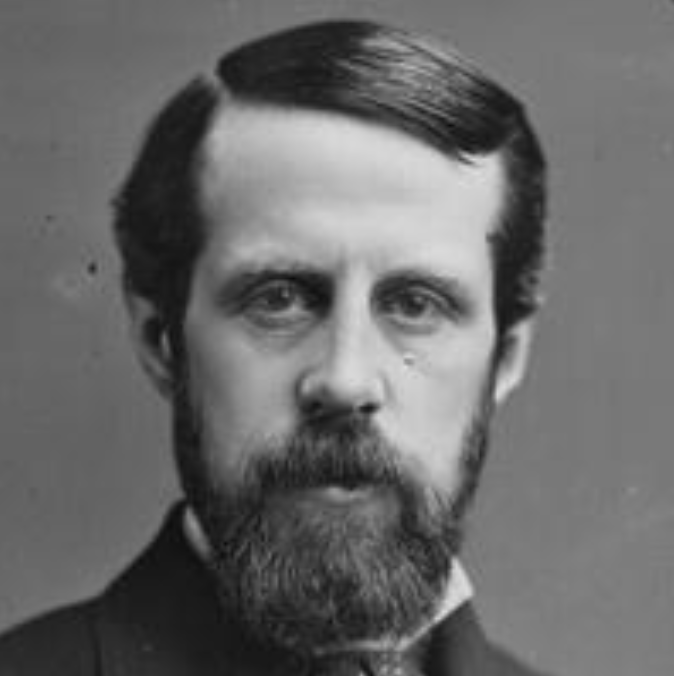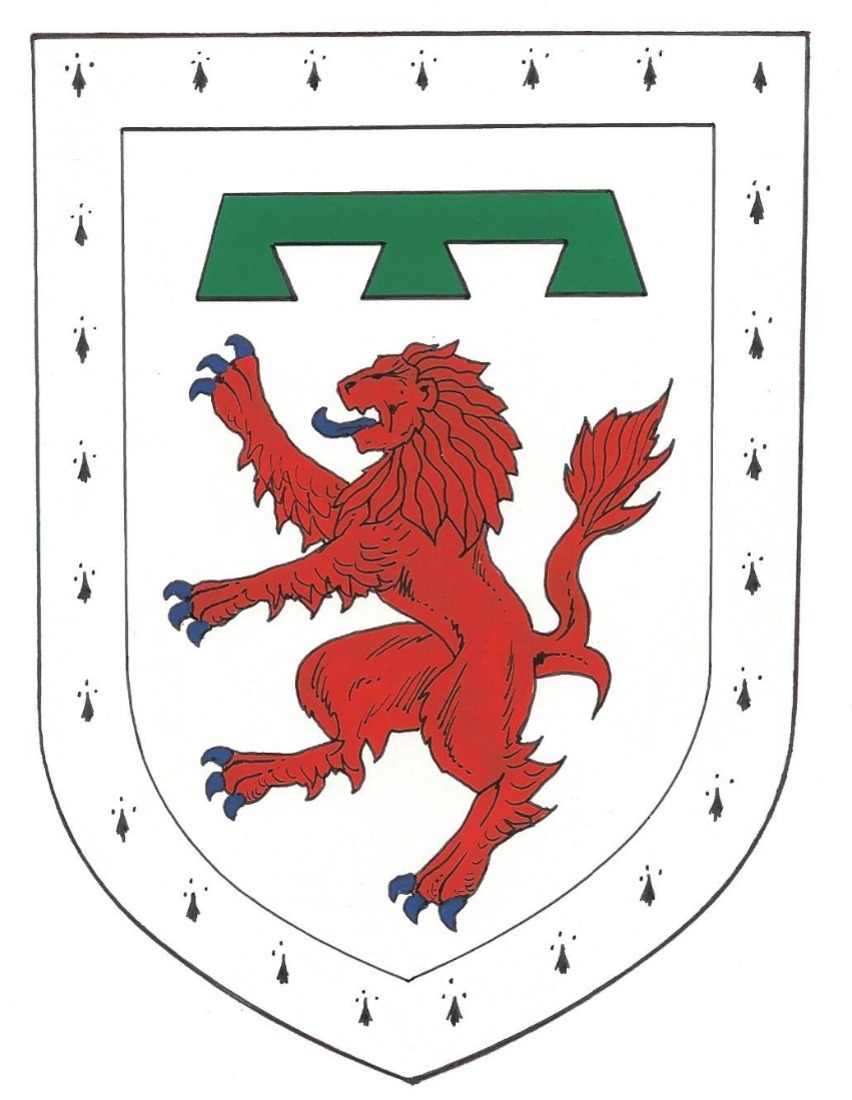Robert Hamilton of Hamilton
Sovereign of the Order 1900-1914


Robert Edward Archibald Hamilton born in April 1871 was the son of Archibald William Hamilton and Elizabeth Ann Billyard. In November 1898 he married his first wife Kathleen Gonville, Bromhead, daughter of Colonel Sir B.P. Bromhead 4th Baronet who was Governor of an Indian Public School, Lahore Chiefs College, with whom he had a son and a daughter and his second wife with whom he had two daughters, Sheila de Hautville Pearson, he married in March 1938.
The title of Lord Belhaven was originally conferred on John Hamilton in 1647 the name being derived from the village of Belhaven in Haddingtonshire and Stenton a village now in East Lothian, both villages being in close proximity to the town of Dunbar. As a point of interest, the 2nd Lord Belhaven and Stenton commanded a troop of horse at the battle of Killiecrankie fighting with Bonnie Dundee against the King’s army. The eighth Lord Belhaven (1793-1868) was called Robert Montgomery Hamilton.
and both he and his wife attended the Eglinton Tournament staying at Eglinton Castle for the duration. Robert Hamilton the 11th Lord Belhaven was educated at Westminster College from where he went on to the Royal Military College Sandhurst.
Becoming a soldier of some repute, Robert fought in the British Indian campaigns at the end of the nineteenth century taking part in the Chitral expedition of 1895 which relieved the besieged fort of Chitral in the North West Frontier Province.
Following the success of this mission the British and Indian forces who took part received the India Medal with either a clasp reading Defence of Chitral 1898 or Relief of Chitral 1898. All ranks who were involved in the siege and its relief were also awarded six months extra pay and three months leave.
In 1896 he fought with distinction in the East Africa Campaign which was a rebellion against British authority in the districts of Wanga, Mombassa and Molindi (in modern Kenya), following which he saw further action back in India in the Tirah campaign of 1897 -1898 which was fought in the mountainous part of the Indian frontier near to the Khyber Pass. It was during particular campaign that he was promoted to the rank of Lieutenant Colonel in the Indian Army. and was subsequently decorated with the award of the Kaisar I Hind medal. *
In my earlier book I made the point, it is probable that after the last-mentioned campaign he returned to Britain in 1900 when he became Sovereign Grand Commander of the Order of the Fleur de Lys. This was based on the fact that all the references I could find at that time were relatively short on detail and said nothing concerning the years between 1900 and 1915. However further recent research has produced the information that from 1901 until 1906 Hamilton served with the India Political Service (IPS)** at Mount Abu Udaipur, that he was in Kashmir 1906 to 1909 and became Political Aide de Camp to the India Office in March 1911 (responsible for visiting dignitaries amongst other duties). Between 1911 and 1912 he was on Special Duties at Delhi Durbar***.and in 1913 was in Foreign Service as Political Officer with the Maharaja Holkar of Indore.
Robert Hamilton resigned as Sovereign Grand Commander of the Order in 1914 at the outbreak of the First World War., following which he took part in the 1915-1918 Mesopotamian Campaign being mentioned in dispatches on a number of occasions. Between 1915 and 1916 he was First Assistant to the Gulf Residence and Political Agent Kuwait 1916 to 1918.
Returning to India he became first assistant Agent to the Governor General (AGG) Rajputana 1918-1919 and Financial Member of the State Council of Jodphor 1919 to 1920. In 1918 he was invested as a Companion of the Order of the Indian Empire C.I.E. (an Order of Chivalry founded by Queen Victoria with her as its head and below her a Grand Master, the last of whom was Lord Louis Mountbatten of Burma) and in that same year succeeded his uncle the 10th Baron (whose only son Ralph, Master of Belhaven, had been killed during the defence of Amiens in March 1918) as 11th Lord Belhaven and Stenton.
Back in civilian life Hamilton became a Scottish Representative Peer, held the Office of Deputy Lieutenant of Lanarkshire and during the years 1931-1933 held the office of Grand Master of the Freemasons of Scotland, also being invested in 1933 as a Knight of the Order of Charles XII of Sweden; One year later he legally changed his name to Robert, Edward, Archibald, Udny-Hamilton +.
Upon his death in October 1950 his only son Robert, Alexander, Benjamin Hamilton succeeded him as the 12th Lord Belhaven and Stenton. None of the subsequent Hamilton’s took the name Udny. His daughter from his first marriage, the Hon. Julia Hamilton married Fitzroy, Richard Somerset, 4th Baron Raglan, great grandson of Fitzroy Somerset, 1st Baron Raglan who was “responsible for the calamitous attack at the Battle of Balaclava” during the Crimean War.
*The Kaisar I Hind Medal was awarded by the British Monarchy between 1900 and 1947 for distinguished service in the advancement of the interests of the British Raj. Its name literally means Emperor of India in both the Hindi and Urdu languages. It ceased to be awarded after the Indian Independence Act of 1947.
** The Middle East countries under the British Crown were governed from British India. The Indian Political Service was a cadre of Officers who dealt with the Princely States and foreign affairs. They were recruited from the ranks of the Indian Civil Service and the Indian Army. The Princely States were presided over by their hereditary rulers who were advised by a British Resident belonging to the Department. This Department also housed officers of the British Diplomatic service, its emissary’s operating in Kabul, the Gulf and other areas.
***Delhi Dubar- means Court of Delhi an Indian style mass assembly organised by the British at Coronation Park Delhi to mark the succession of the Emperor or Empress of India. In 1911 it was held to commemorate the coronation of King George V and Mary of Teck and allow their proclamations as Emperor and Empress of India.
+Udny, (pronounced Widney) is an area just north of Aberdeen and includes the hamlets of Udny Green, Barra, Meldrum and Pitmeddon. In the early 1600`s, the Seton`s of Meldrum and the Udny`s of Udny Castle manufactured family ties through the marriage of Janet Seton, daughter of James Seton of Meldrum (3rd Laird of Meldrum) and Elizabeth Leslie to William Udny of Udny. Their son Ranald married Isabella Parton of the Pitmeddon family and later a daughter of the Pitmeddons married a son of the Meldrum Seton`s It was this intermarrying that saw Udny castle at various times being owned by the Udnys and the Setons. It should also be noted that the Udny arms include three fleur de lys. Some sources have stated that Udny was the surname of Robert Hamilton’s great grandmother.

























